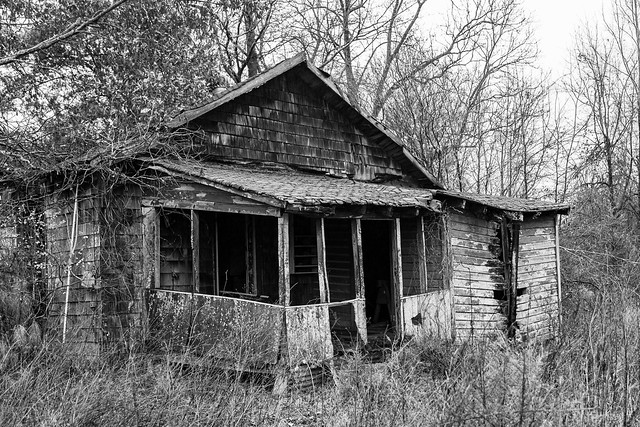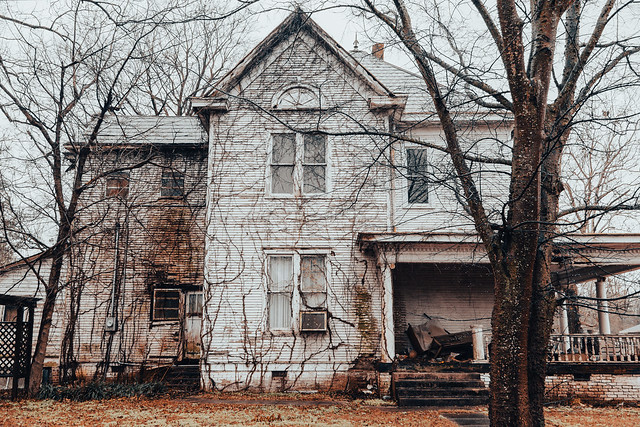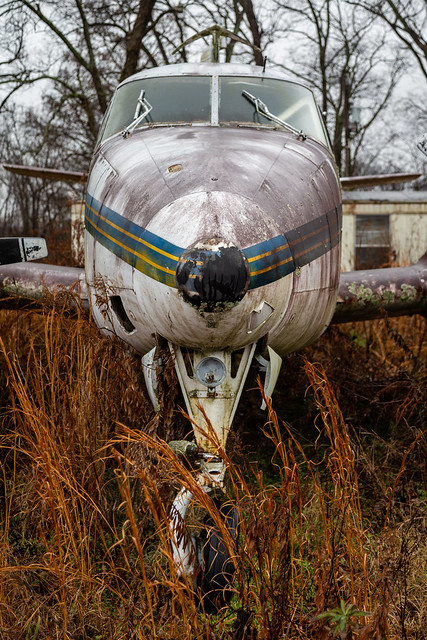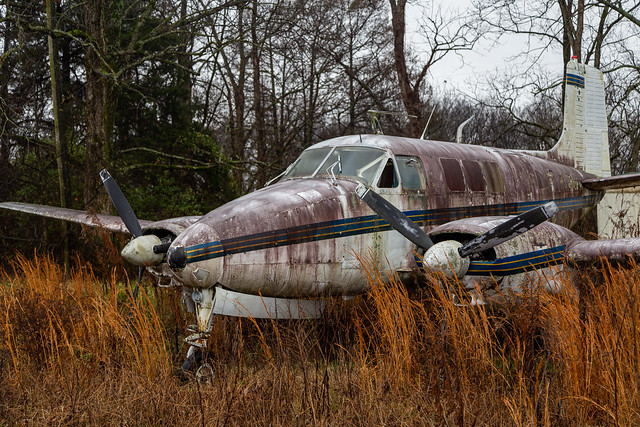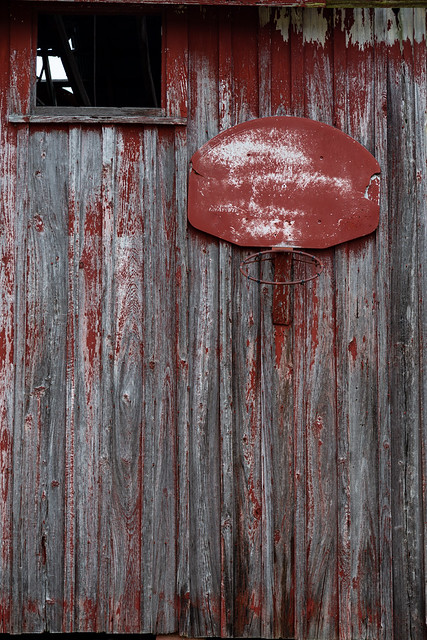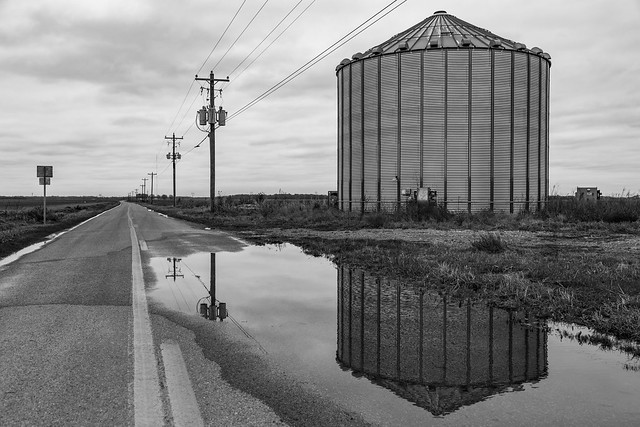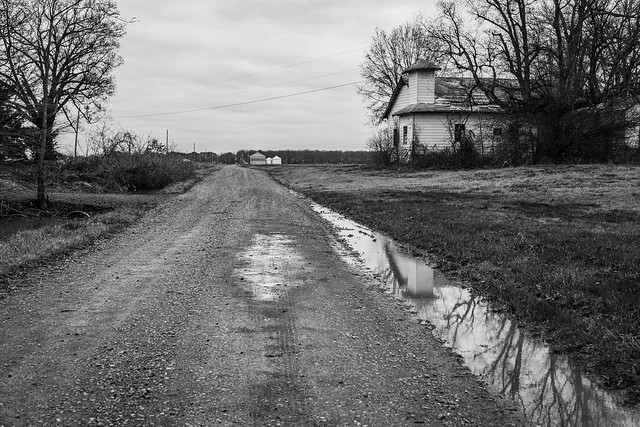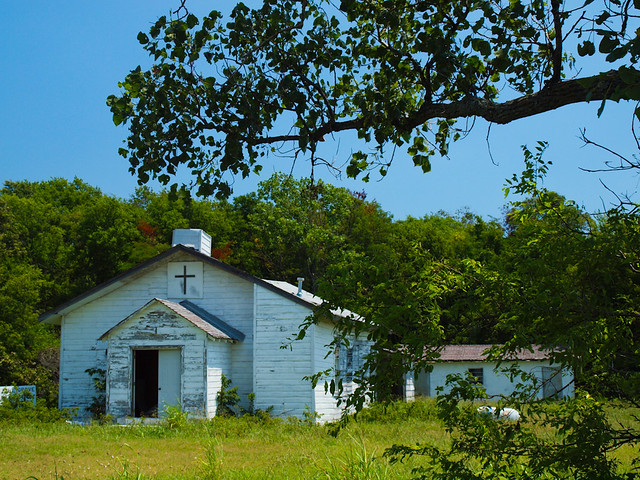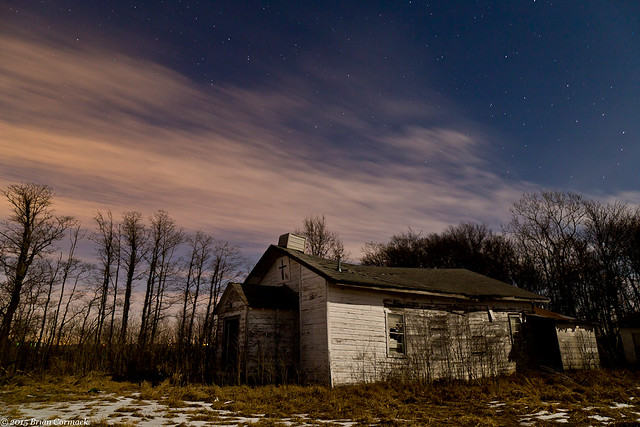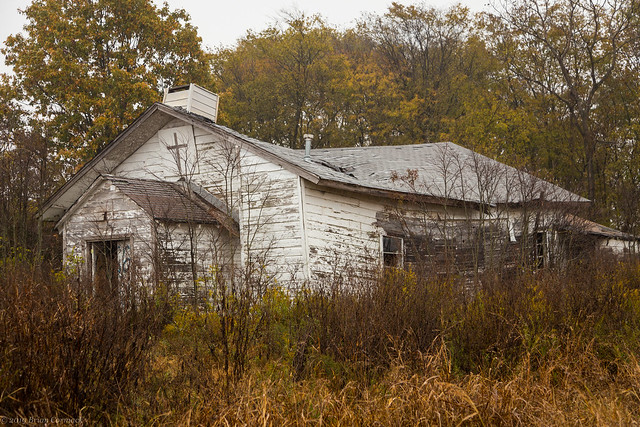2021 is done and in the history books, and it was another strange year affected by Covid-19. But it definitely had its moments: Jonah turned five and started kindergarten, and Elliott turned one and has definitely made his mark. The first few months of the year were spent with me trying to figure out how to obtain a vaccine, and then hoping that we'd somehow pull through and escape the pandemic (wishful thinking on my part).
We managed to make a short trip in the summer, the first time in months that we travelled anywhere outside of the state. And my wife was kind enough to gift me a digital camera that was converted to shoot in infrared. I used to shoot infrared film all the time back in the olden days, and was eager to play around with the new camera. There will be several pictures from it showing up here.
So without further ado, here is a look back and some of my favorite pictures from another long and wacky year:
#25:
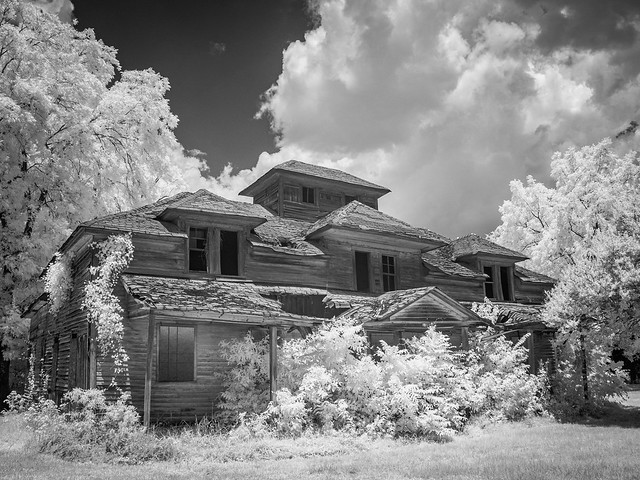 July 24: Benton, Arkansas.
July 24: Benton, Arkansas.
The old Hester-Lenz house, in infrared black and white. Construction on the home started way back in 1836. Originally built as a simple two-story dogtrot home, subsequent owners added onto and expanded the house. The home was occupied until the 1990s, but is abandoned now and almost surrounded by suburban sprawl. It was listed on the National Register of Historic Places in 1994. Unfortunately it was then added onto the list of Most Endangered Places in 2011 by Preserve Arkansas. The home is in rough shape, and now there are concerns that it could be torn down in the near future as the road in front of the house is widened.
#24:
 January 10: Near Scott, Arkansas.
January 10: Near Scott, Arkansas.
The front of an old church, which looks to have been abandoned for quite some time and is almost completely hidden behind overgrown trees and weeds (the church is almost impossible to see in the summer from the road). The sign on the front, above the rusty front door, proclaims: "Mine House Shall Be Called An House of Prayer For All People."
#23:
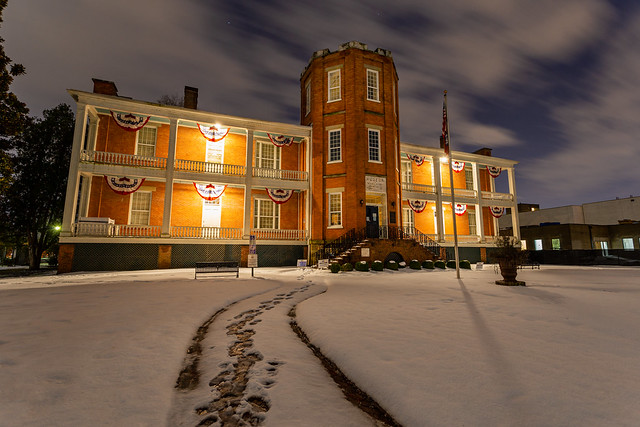 February 21: MacArthur Park, Little Rock, Arkansas.
February 21: MacArthur Park, Little Rock, Arkansas.
February was marked by bitter cold and two back-to-back storms that dumped about 15 inches of snow in Little Rock. I grew up in central Arkansas and I don't ever remember us getting this much snow at once (snow always seemed like it dodged the LR metro area, much to my annoyance as a kid since it meant the schools would be open). Luckily the storm didn't knock out power, since the low temperature reached zero degrees. But we live in a hilly area, which also seems to be the last street that was cleared by the city. My old car couldn't handle the ice and snow, so we were pretty much stuck at home for about a week. Once the snow had melted enough that I could finally escape, I headed downtown and got this shot of the snow at the old Little Rock Arsenal Building (built 1840).
#22:
 September 29: Near Carlisle, Arkansas.
September 29: Near Carlisle, Arkansas.
This grand old home now sits empty and abandoned, surrounded by the flat lands of the Arkansas Delta. This shot will probably be included in an upcoming photography exhibit at the Laman Library in North Little Rock, which will focus on the architecture and landscape of the Arkansas Delta. The show has now been postponed twice, so looking forward to finally getting to hang some pictures on the wall there this summer.
#21:
 January 1: The Arkansas Delta
January 1: The Arkansas Delta
This is a fascinating old church, and one I wish I knew anything about its history. When was it built, and when was it abandoned? What caused half of the roof to fall in, resulting in this strange view where half of the church looks OK but the other is in ruin? As with most abandoned places, there are no easy answers as time mercilessly wears down the building.
#20:
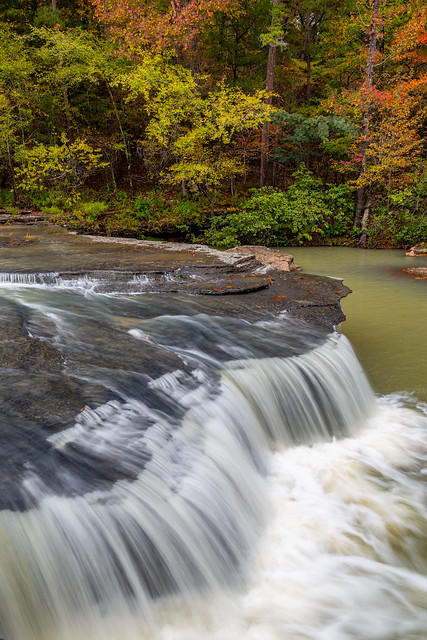 October 28: Haw Creek Falls, Ozark National Forest, Arkansas.
October 28: Haw Creek Falls, Ozark National Forest, Arkansas.
It's not that often that we are lucky enough to have both fall colors and waterfalls going at the same time. This waterfall is fairly close to Clarksville where I went to college, so I have a lot of fond memories of visiting Haw Creek over the years. It's one of my favorite little places in the state, and there is almost always something to photograph there.
#19:
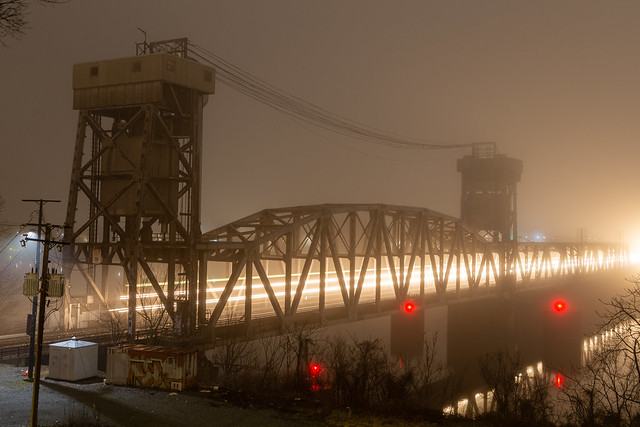 February 26: Baring Cross Bridge, Little Rock, Arkansas.
February 26: Baring Cross Bridge, Little Rock, Arkansas.
The first bridge to span the river in Little Rock was the Baring Cross Bridge, which was built in 1873. Two other rail bridges would be built later on, but those would be later abandoned and converted into pedestrian use. The Baring Cross Bridge would be destroyed during the Flood of 1927 and rebuilt, and still serves rail traffic today. It's supposedly one of the busiest rail bridges in the country, which meant it didn't take long on this foggy night for a train to cross over the bridge. This shot shows the lights from the train as it slowly and loudly made it's way across the old bridge.
#18:
 July 12: Near Scott, Arkansas.
July 12: Near Scott, Arkansas.
A weathered old farm building, along a lonely road in the Delta of Arkansas. This was taken as I was still trying to work out how to use the new infrared camera.
#17:
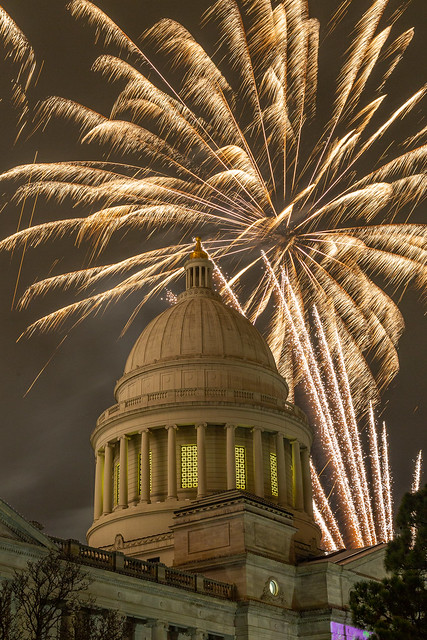 December 4: Arkansas State Capitol, Little Rock.
December 4: Arkansas State Capitol, Little Rock.
One of the best traditions in Arkansas is the annual fireworks show after the thousands of holiday lights on the capitol building are switched on. It's one of the few good things that has happened at the capitol in 2021, after another year of craziness from our state legislature.
#16:
 April 24: Amber Falls, Upper Buffalo Wilderness, Ozark National Forest, Arkansas.
April 24: Amber Falls, Upper Buffalo Wilderness, Ozark National Forest, Arkansas.
Amber Falls is one of many scenic spots along the trail to Compton Double Falls, near the Buffalo River. The hike to the falls was a definite reminder of how out-of-shape I've gotten after months of working from home and staying inside because of the pandemic.
#15:
 October 28: Hurricane Creek, Hurricane Creek Wilderness Area, Ozark National Forest, Arkansas.
October 28: Hurricane Creek, Hurricane Creek Wilderness Area, Ozark National Forest, Arkansas.
This year turned out to be a pretty spectacular year for fall colors, which also lasted well into November (which led to the odd sight of seeing trees with fall colors next to some early Christmas decorations). The fall colors were looking rather good on this stretch of Hurricane Creek, which sits deep in the Ozark Mountains.
#14:
 October 29: Pickle Hole, Buffalo National River, Arkansas.
October 29: Pickle Hole, Buffalo National River, Arkansas.
This scenic spot along the Buffalo River has been one place I've been wanting to visit for awhile (it is apparently a very big
dill). While driving up to the river that morning, I managed to hit a deer with the car. The deer seemed ok afterwards (it got up and ran into the woods). My car survived but ended up with about $2500 worth of damage.
#13:
 April 24: Whitaker Creek, Upper Buffalo Wilderness, Ozark National Forest, Arkansas.
April 24: Whitaker Creek, Upper Buffalo Wilderness, Ozark National Forest, Arkansas.
Whitaker Creek might just be one of the most scenic streams in the Ozark Mountains. The creek is home to some iconic waterfalls (like Compton's Double Falls), but also to some smaller and more subtle views like this.
#12:
 January 1: The Arkansas Delta
January 1: The Arkansas Delta
The exterior of an abandoned church, which was probably built back in the late 1800s. It is an ongoing reminder of how important it is to document these forgotten places, because places like this have proven to be fragile and can be gone in an instant.
#11:
 April 24: Compton's Double Falls, Upper Buffalo Wilderness, Ozark National Forest, Arkansas.
April 24: Compton's Double Falls, Upper Buffalo Wilderness, Ozark National Forest, Arkansas.
The view from behind Compton's Double Falls, one of the prettiest waterfalls in Arkansas. After some heavy rains the day before, the falls were actually running as a triple falls.
#10:
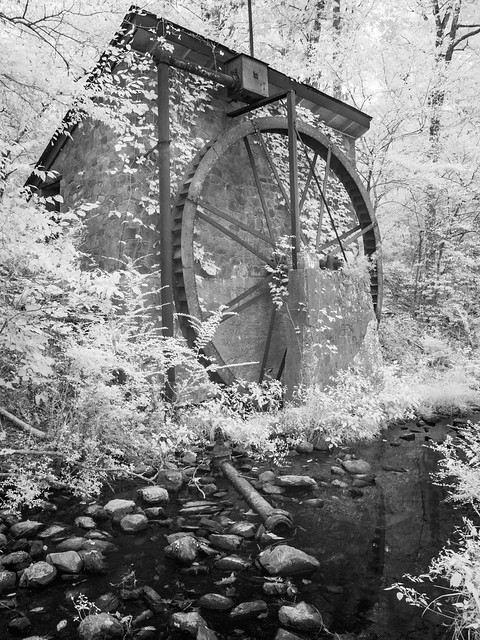 October 23: Hot Springs National Park, Hot Springs, Arkansas.
October 23: Hot Springs National Park, Hot Springs, Arkansas.
An old electric mill (built 1921), taken with the infrared black and white camera. This little mill once generated power for the Fordyce family home, the same ones who built the Fordyce Bathhouse on Bathhouse Row. The mill isn't used anymore, but still makes for a nice place to go for a few pictures.
#9:
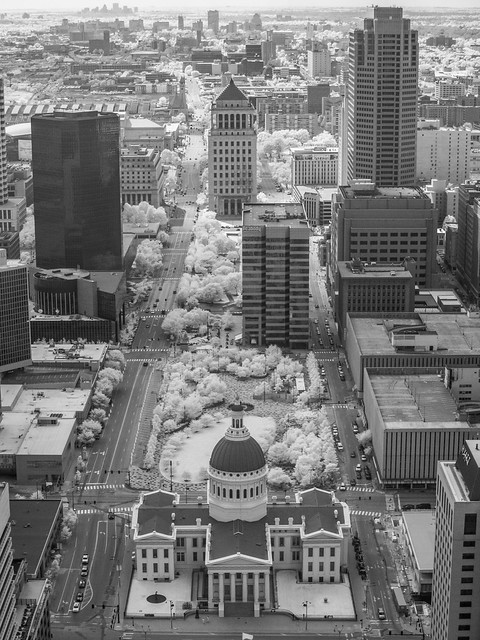 August 2: Gateway Arch National Park, St. Louis, Missouri.
August 2: Gateway Arch National Park, St. Louis, Missouri.
Our one trip outside of the state was a quick visit to St. Louis, taken right before Jonah started kindergarten. He was able to visit the St. Louis Zoo, the City Museum and a Cardinals game at Busch Stadium. He says his favorite thing on the trip was the visit to the Gateway Arch, which was definitely different than any previous visit to St. Louis. Everyone had to wear masks inside, of course. But also there was a partition at the top of the Arch, and our time at the top was limited to only 15 minutes. The views from the Arch are always great, and here is my shot looking towards the Old Courthouse taken with the infrared camera.
#8:
 December 3: Downtown Little Rock, Arkansas.
December 3: Downtown Little Rock, Arkansas.
I love taking pictures on foggy nights. The fog drifting across the sky just interacts differently with lights and buildings, which sometimes makes for some interesting pictures. This was taken on a foggy night in downtown Little Rock, as the steeple for the First United Methodist Church stood against the distant Simmons Tower.
#7:
 August 27: Near Pine Bluff, Arkansas.
August 27: Near Pine Bluff, Arkansas.
This is another abanonded structure that I wish I knew more about its history. When was it built, and why is it its current condition? There wasn't anyone around to ask, so I got a few picutres with the infrared camera. I wonder now if this barn is still standing.
#6:
 January 10: Near Scott, Arkansas.
January 10: Near Scott, Arkansas.
A row of metal silos, reflected in a puddle on a cold winter day. This picture will also probably be included in an upcoming exhibition focusing on the Arkansas Delta, at the Laman Library in North Little Rock. More on that soon!
#5:
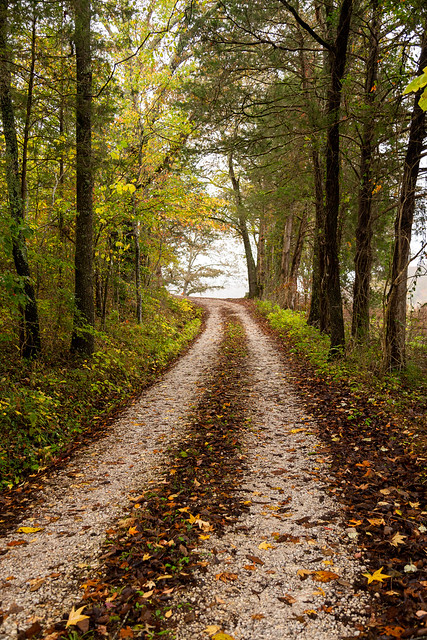 October 29: Boxley Valley, Buffalo National River, Arkansas.
October 29: Boxley Valley, Buffalo National River, Arkansas.
Boxley Valley is the crown jewel of the Ozarks, and one of the prettiest places in the state. The valley shines in the fall, including this little dirt road that heads towards an old church and cemetery.
#4:
 February 28: Clinton Park Bridge, Little Rock, Arkansas.
February 28: Clinton Park Bridge, Little Rock, Arkansas.
Thick fog along the river reflected back the bright lights on the bridge, turning the night into different hues of purple and pink. The waters of the river were still, which helped make some nice reflections.
#3:
 October 28: Haw Creek, Ozark National Forest, Arkansas.
October 28: Haw Creek, Ozark National Forest, Arkansas.
Haw Creek is one of those typical Ozark streams: it runs through thick forests and is usually home to several large boulders and rocks. It also looks pretty spectacular in the fall.
#2:
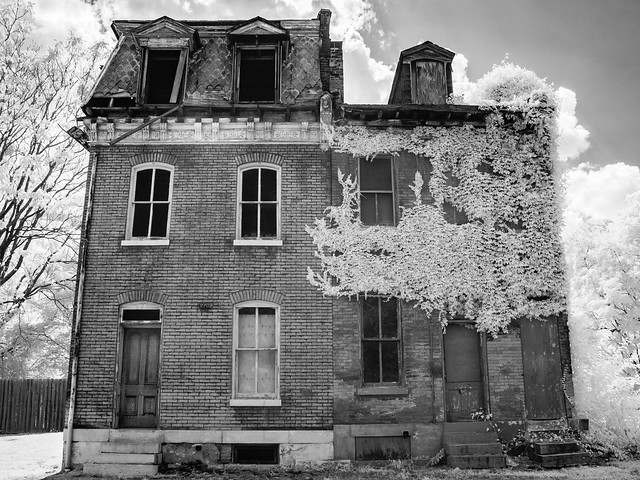 August 3: St. Louis, Missouri.
August 3: St. Louis, Missouri.
Vines growing along the front of an abandoned home, near downtown St. Louis. This is another place I'd love to know more about its history, or to have been able to see it when it was in its prime.
#1:
 April 24: Compton's Double Falls, Upper Buffalo Wilderness, Ozark National Forest.
April 24: Compton's Double Falls, Upper Buffalo Wilderness, Ozark National Forest.
Compton's Double is one of the most iconic and scenic waterfalls in the state. It was one that I had never been to before, so I was glad to check it off the list. I made the hike with my good friend Zack, and I hope to be able to head back up for more hikes and waterfalls soon. Here's hope that the new year brings lots of time to explore and take pictures, and that maybe we might actually put this whole pandemic thing behind us once and for all!
And finally I would like to thank anyone who reads this little blog and puts up with my pictures, misspelled words and attempts at bad jokes. This blog acutally turned 16 years old in 2021(!), and published its 1,000th post. I hope anyone who reads this has a grand and healthy 2022. We will get through this pandemic together, and hopefully have some good photos and stories to share. Cheers!
